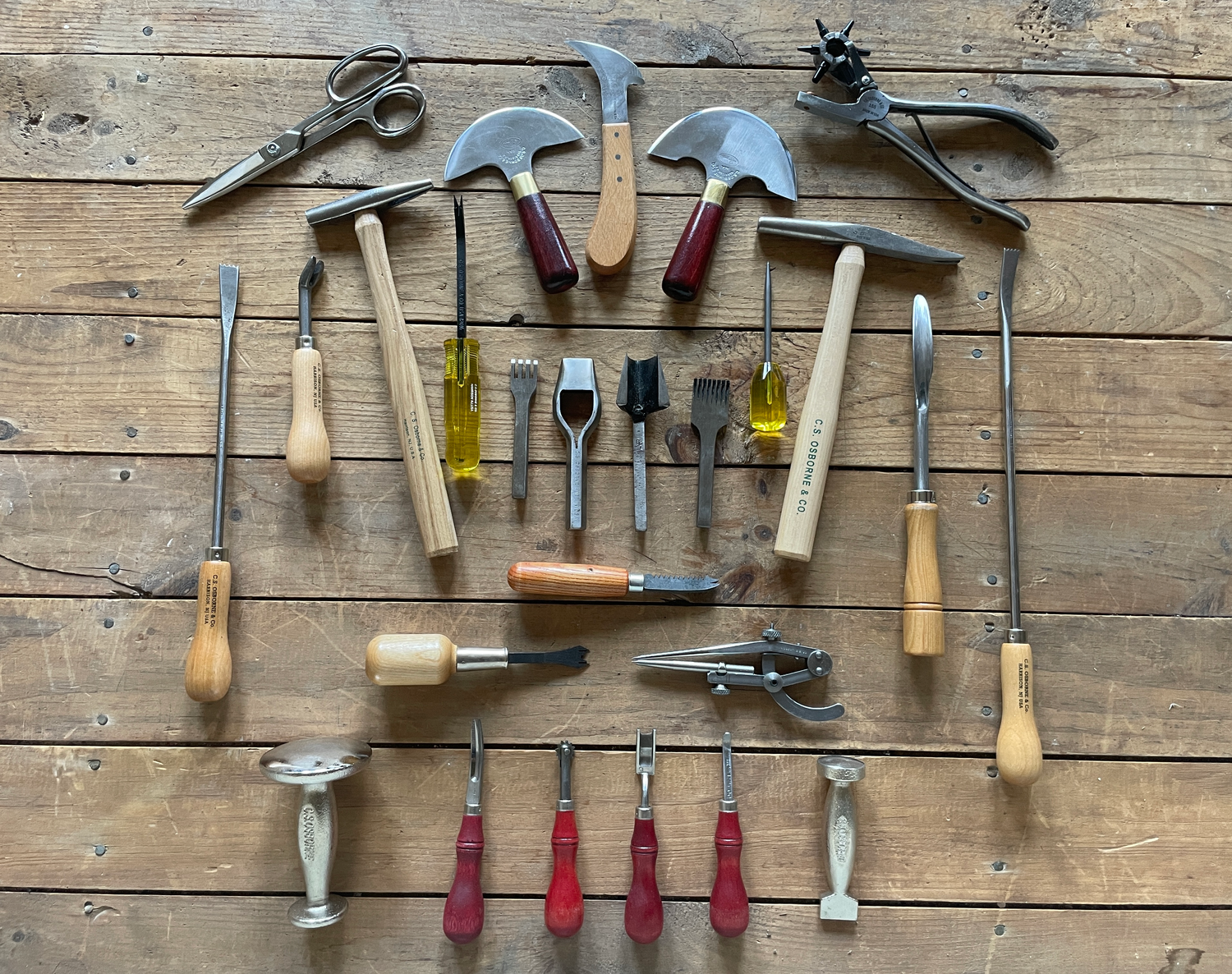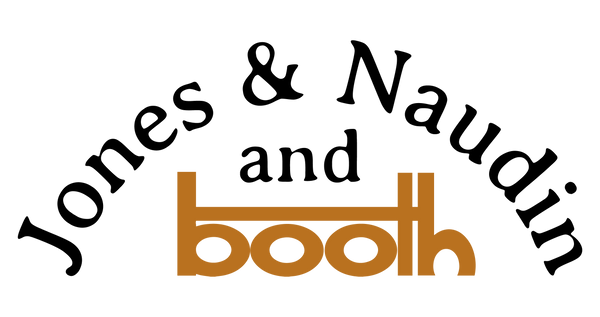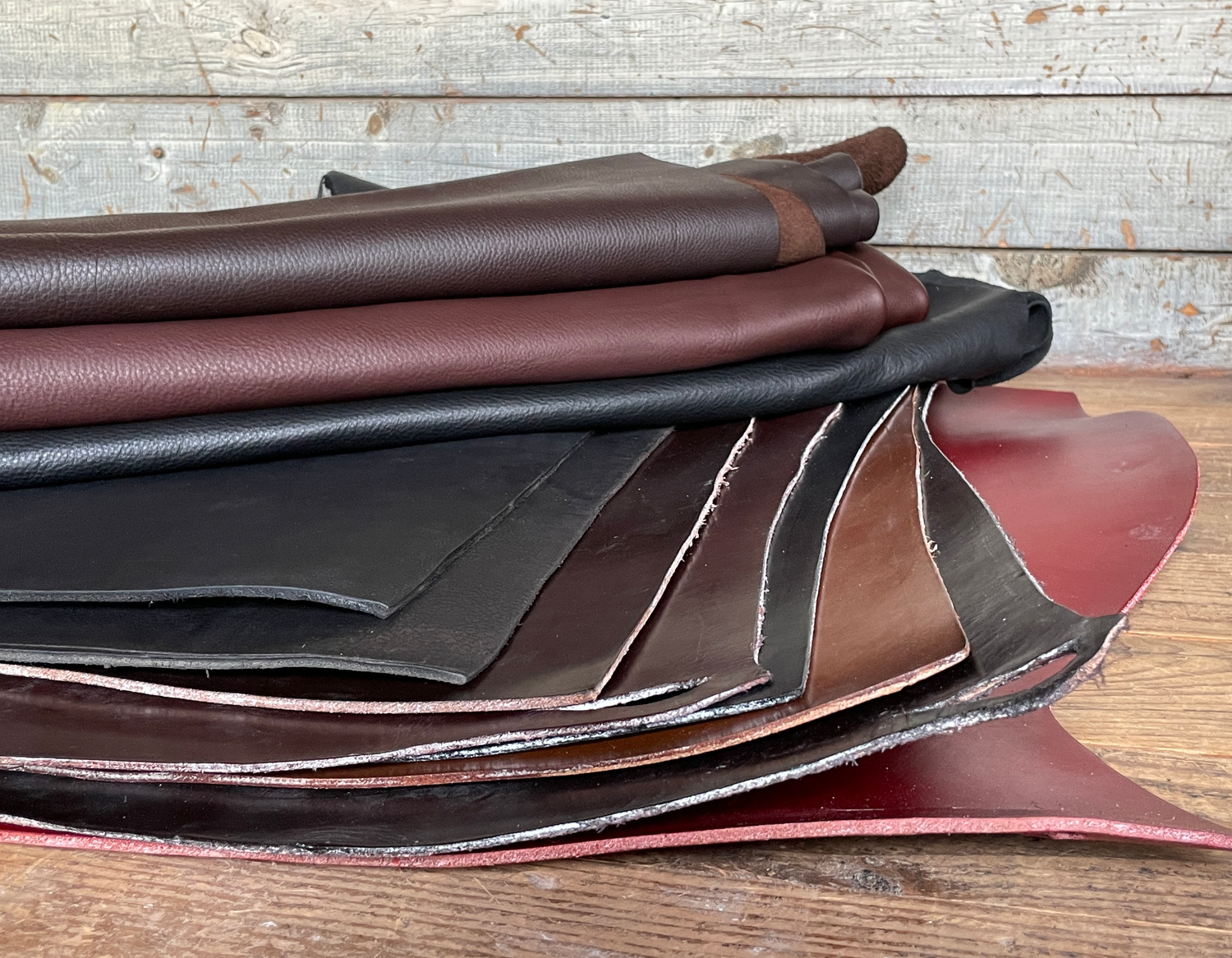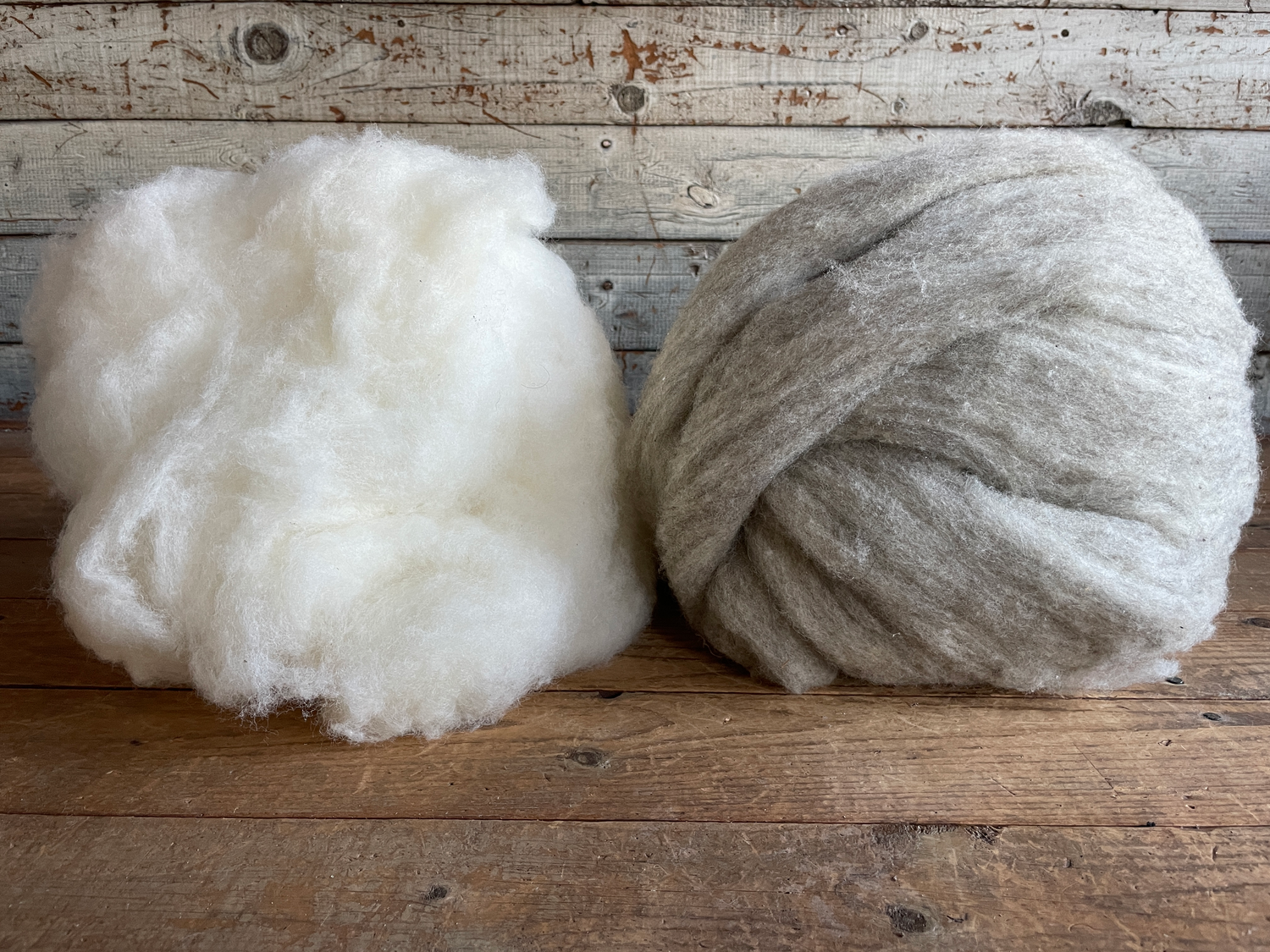Post War History
Post Second World War History
(An article written by Mr. K. Chapman Senior)
Q. - How important were kangaroos to Booth?
A. - To answer that question, one has to look at the scope of the Booth operations post world war II
Shipping
The Booth Steamship Line consisted of a fleet of steamers plying between Liverpool and Manaus (1,000 miles up the Amazon river). A number of these vessels were lost during World War II, and rather than try to rebuild with the reparations, Booth sold to Vestey. The story is that George Booth (Chairman) met Lord Vestey for lunch. The latter asked what George felt the Line was worth. The reply was "oh, a million pounds". "Alright" said Vestey, they shook hands, and that was that.
Building
A construction business in the UK.
Surpass Leather Co.
When I joined the Booth Group in 1946, Surpass was regularly tanning a total of 1,800 dozen skins a day, employing about 1,000 men. Skin supplies came from their own exclusive agents in Brazil, Argentina, China, India (which included today's Pakistan) and Nigeria. At the close of WWII there were a cluster of goatskin tanneries (about 15 in total) in the Wilmington/Camden/Philadelphia area. One by one they closed, because of environmental problems and difficulty in obtaining skins at reasonable prices as supplying countries developed their own tanning industries. The Surpass tannery was closed in the 1950's and contract tanning at other peoples' facilities was tried for a time, until operations were ceased in the mid 1960's
In the UK, Booth owned Wade & Co tannery in Nottingham, tanning goatskins and employing about 250 men. Also Pavlova Leather Co, a tannery in Abingdon near Oxford, tanning New Zealand lamb and sheep pelts into chamois and gloving leathers, and employing about 200 men. Also Melrose Tanners Ltd, a tannery in Beverley Yorkshire, a side leather tannery employing about 100 men.
In the 1950's, Booth established an extensive skin gathering organization in Kenya, Uganda, and Tanganyika; they took over a tannery in Thika, Kenya, and managed one in Kano, Nigeria, and one in New Zealand in the 50's & 60's.
Kangaroos
When the Surpass tannery was running kangaroo, the regularly consumed about 150 - 200 dozen per day- everything that was available from Booth Australia, which was centered in Sydney, with agents in Brisbane, Rockingham, Adelaide and Freemantle. I believe that for many years, starting at the very beginning of the 20th century, Booth was the dominant collector of kangaroo skins and therefore had a very large influence on prices.
So the answer, I suppose, has to be that in the overall picture, kangaroo was not all that important to the Booth organization. To Surpass, they were an important part of their business, but not a dominant factor.
Regarding fluctuations in quantity shipped, I think was due to numbers available in Australia. Although Surpass was aware of seasonal quality variations, I am not aware of any attempt having been made to control quantities on a seasonal basis.
Top Sellers Section
-

Osborne Tools
Discover the legacy of leatherworking tools with our curated selection from CS...



